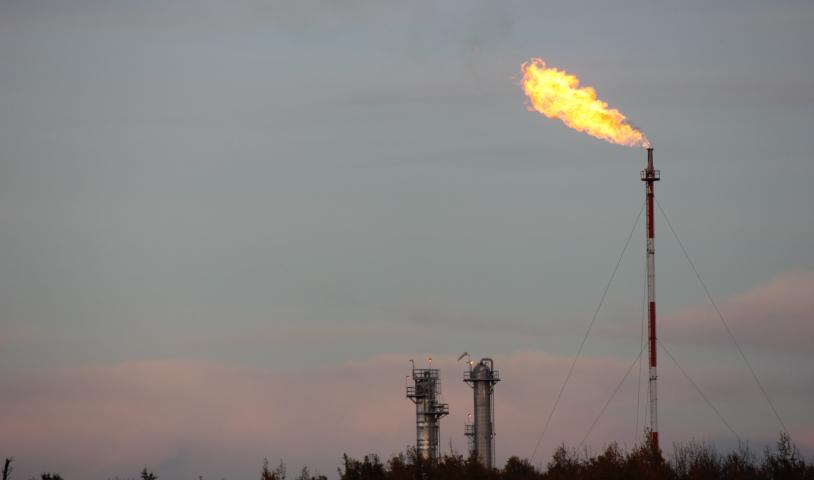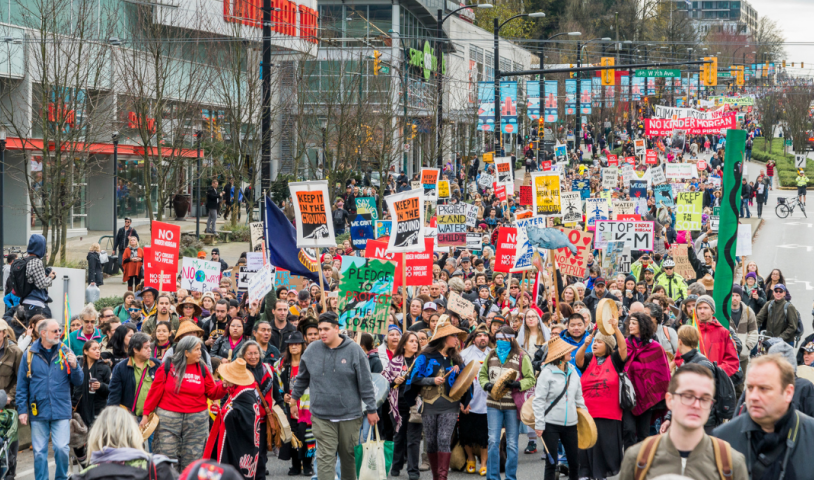On power, B.C. Liberals have natural gas to burn, valleys to flood
Wednesday, May 14, 2014
Joint review panel report on Site C shines laser-like spotlight on B.C. Liberals’ clean-energy hypocrisy
VICTORIA — Among the more provocative passages in the report from the joint review panel on Site C are those challenging the B.C. Liberal government’s weirdly hypocritical attitude toward the use of natural gas to generate electricity.
The Liberals, under Premier Gordon Campbell, brought in a Clean Energy Act in 2010 with ambitious targets for the reduction of greenhouse gas emissions that severely limited the leeway to burn natural gas to generate power here in B.C.
But two years later those same Liberals, under new Premier Christy Clark, granted a blanket exemption for the liquefied natural gas industry, freeing developers (as the panel concluded) “to use their own product for liquefaction, regardless of the greenhouse gas consequences.”
The obvious contradiction brought a strong response when the panel held regional public hearings on the proposal to build a giant hydroelectric dam at Site C on the Peace River.
“Why, for example, was it permissible to produce, compress, send by pipeline, liquefy, and ship B.C. natural gas as LNG to Asia, where it would be burned, thus adding to the global GHG burden, while burning it here would at least save the enormous costs of liquefaction and transportation?” was how the panel framed the key question in its report released last week.
“This artificial limit was seen as especially galling in face of the (2012 cabinet decision) allowing the LNG developers to use as much gas as they wanted.”
Also galling was the Liberal decision to legislatively phase out Burrard Thermal, the natural gas-fired generating station near Port Moody. Though reserved for emergency use, its capacity is similar to Site C — 875 megawatts versus 1,100 — a point of comparison that did not pass without notice in the region bearing the brunt of the flooding, disruption and other environmental costs associated with the dam.
“The panel repeatedly heard from residents in the Peace region that the only reason Site C was to be built was to save the residents of the Lower Mainland from the gas-generated smog that would accompany winter inversions.”
Granted, Burrard Thermal was, as the panel characterized it, “tired and obsolescent.” Bringing it back online on a full-time basis would entail major refurbishing, costing “possibly more than $1 billion.” But one has to set that price tag against the estimated cost of Site C.
“In the view of some participants at the hearing, British Columbians are being called on to pay the $7.9-billion cost of Site C in order to displace environmental externalities from a paid-for plant in the Lower Mainland to a region that has already suffered enough.”
Alternatively, the panel was urged to consider the efficient option of building an all new gas-fired plant. “Participants cited the Shepherd Energy Facility in Calgary, whose energy and capacity are comparable to Site C. For Site C, the unitized energy cost (UEC) is indicated to be $110 per MWh, but for Shepherd, even including the cost of gas, it is $30 per MWh.”
The panel, being thorough, noted the drawbacks of the gas-fired option, many of them raised by BC Hydro in the course of the hearings.
“The gas-based alternatives had encountered siting problems in the past, and produced GHGs at a rate fully half that of coal; in addition, their exhaust gases could compromise air quality, especially in confined valleys.” The latter pretty much describes most of the plausible sites in B.C.
Then, too “projects with fuel requirements such as gas-fired generation would also have a shorter operating life and be subject to volatility of fuel prices.”
Not so for Site C. Though the project was expected to lose $800 million in the first four years, it would come with a 100-year-plus lifespan, versus less than a third of that for wind farms or gas-fired generating stations.
Still, the strength of Hydro’s argument was somewhat undermined by the way the government tied the utility’s hands on the gas-fired option.
“The LNG developers have been promised a free hand to burn their gas here for their own purposes,” observed the panel in its closing reflections, “but BC Hydro has been denied the same privilege.”
The free hand given to the LNG industry would lead to heavy consumption of natural gas to compress and liquefy the product for export, the panel calculated, and thus “make provincial (and national) GHG targets all but impossible to reach.”
On that expectation, the panel considered that the targets could also be waived to allow the construction of at least one gas-fired generating station for domestic use, using “highly efficient modern gas turbines, located nearer to urban centres ... Such a plant could positioned as a 20- to 40-year bridge to a lower demand, lower-GHG future.”
For as the panel, echoing some of the public participants, asked: “If it is acceptable to burn natural gas to provide power to compress, cool, and transport B.C. natural gas for Asian markets, where its fate is combustion anyway, why not save transport and environmental costs and take care of domestic needs?”
The question hangs there in the report of the joint review panel, unanswered by a government that seems bent on going full speed ahead on Site C, never mind how many concerns remain about the merits of the project.
Photo: The B.C. government's decision to phase out Burrard Thermal is galling to Peace River residents who say they are paying the price so Lower Mainland residents can avoid the pollution generated by the gas-fired facility, Sun political affairs columnist Vaughn Palmer writes.





